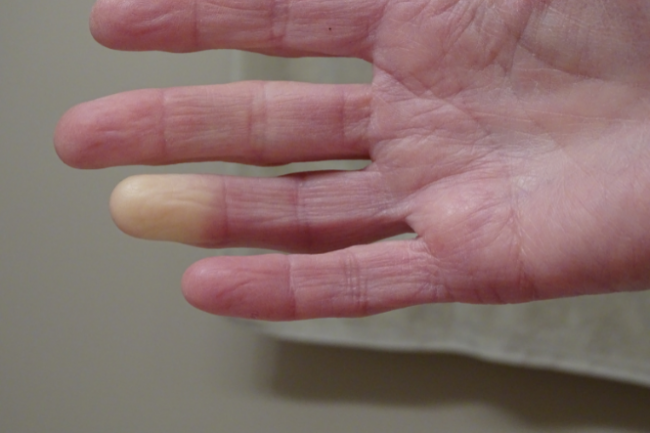- Some or all of your fingers and toes (matimati) turn white or blue and become numb when exposed to cold or sudden temperature change.
- When warmed again, they go bright red.
- You may also have pain or pins and needles, or have difficulty moving your fingers or toes.
- Attacks can last minutes or hours.

Image credit: Canva
Why does this happen?
The colour change is due to changes in blood circulation with narrowing in the small blood vessels in the skin of your hands and feet. This may also occur in other areas such as your nose, earlobes and occasionally your tongue or nipples.






